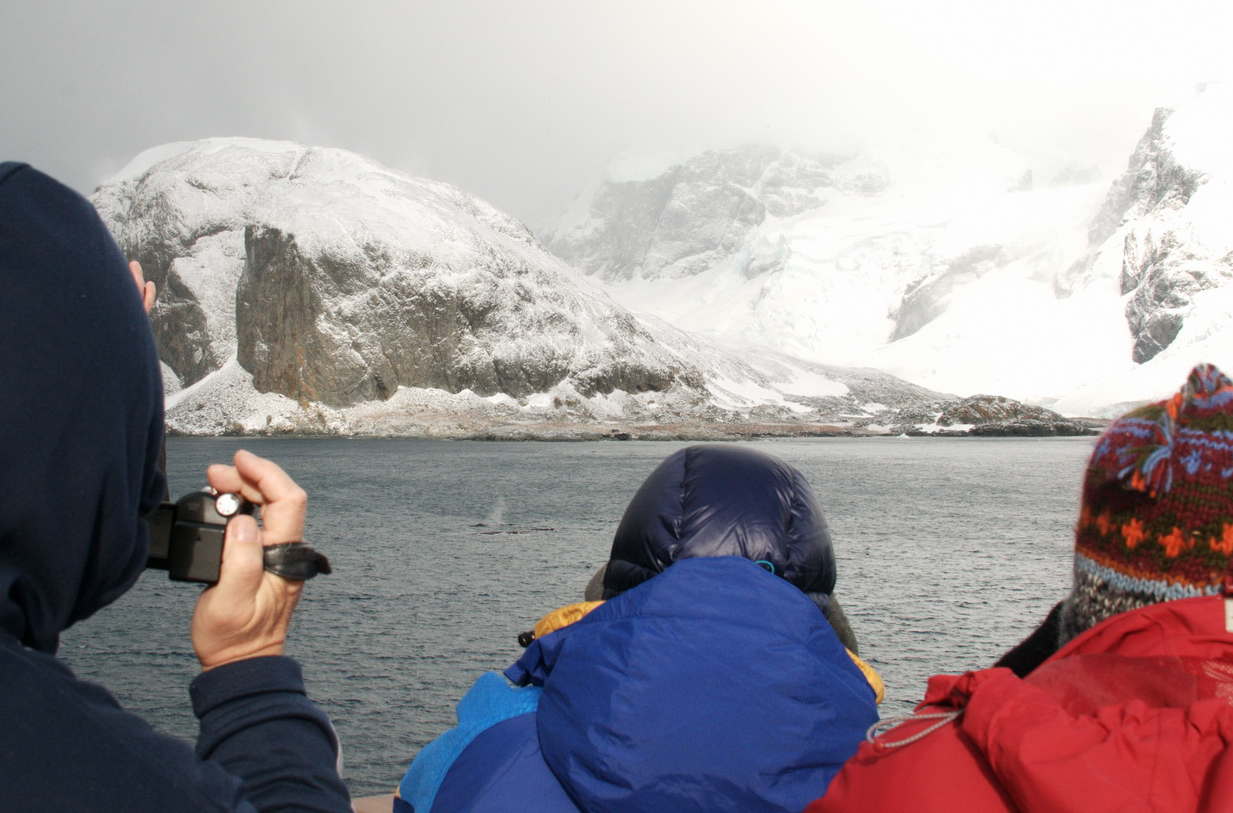Antarctic class
University is a time to broaden one’s horizons, and many students choose to do so by studying abroad. Western Europe, a commonly chosen region, may boast history, amazing architecture, famed museums, and mouth-watering food, but, in my book, it doesn’t hold a candle, nor can it even light a match, to the most untouched of all places—Antarctica. The University of St Andrews is unique among schools as it offers a field course, for those brave enough, to explore the unimaginable beauty and biodiversity of the world’s southernmost continent. I am absolutely thrilled to be one of 14 students travelling by air, land, and sea to get to the most elusive Antarctic.

Though I keep forgetting, our Antarctic exploration is indeed a credit-bearing module with very real educational and research objectives. Once we finally make it from St Andrews to Ushuaia, Argentina and board the ship, we students will be plunged into a learning experience like no other. One of our main tasks will be to conduct sighting surveys aboard a ship of opportunity- opportunity because we’re catching a ride on a vessel bound for Antarctica making best use of its route to collect data in an area where ship expeditions costs are stiflingly high. We students will take shifts staring at the sea waiting for animals to appear. When something is spotted, the challenge will be to contain our excitement long enough to write down what species it is, what the animal is doing and what the environmental conditions are like at the time. Antarctica is a hotspot for the “charismatic” megafauna, especially during the Austral summer when we’re going, so we’ll be collecting data on whales and seals, but also on seabirds like majestic albatross, petrels and the non-flying kind (penguins). As one of the most productive regions in the world, Antarctica has a wealth of data just waiting to be gathered.

If you’ve ever read a scientific article, particularly on marine mammals, you may have come across the expression “paucity of data.” Indeed, this notion jumps out at me from most articles I read. The reason it is so commonly used is because there is a lack of data no matter the species or ecosystem being studied. So while we may be a ragtag gang of 14 well-meaning, but inexperienced students, we are also researchers who will be collecting real data that can serve a real purpose. Our quite simple sighting data can be used for a whole host of projects, ranging from how many animals there are, where they are and why they are there. This basic ecological information is crucial to understanding what effects a changing environment will have on these species, many of which have key roles to play in the Antarctic ecosystem.

I have a slightly more vested interest than my fellow explorers in collecting the absolute best possible sighting data, as I get to use these data for my Master’s thesis. I am particularly interested in four krill predators: humpback whales, minke whales, fur seals, and crabeater seals. Though it may be small and not so charismatic as whales, krill is the true key creature of the Antarctic ecosystem. Where there’s krill, there are marine mammals. It is my goal to map the spatial distribution of these four krill predators, with the hopes of creating a model that can predict where they will occur in different environmental conditions. This may all sound vague, but understanding what drives distribution can inform us as to where species are likely to be found in the future, especially with climate change causing dramatic changes in sea ice extent in some parts of the Antarctic. Marine mammals are dependent on krill, krill is dependent on sea ice, and sea ice is dependent on climate. The Western Antarctic Peninsula, where we’ll be going, is facing some of the fastest rates of ice loss across Antarctica. It is my hope that I’ll be able to help better understand the distribution of krill predators and how ongoing environmental changes might affect them. And we can get some of this information from sighting data that some kids collected for class.
I often get carried away when I talk about my impending trip, but can you blame me? Whether it’s organizing my packing list, daydreaming about breaching humpback whales or waddling penguins, or working on my thesis, Antarctica is always on my mind. So in terms of studying abroad, sorry Europe, but I’ll take Antarctica any day.
Lainie Brice

This sounds like an amazing adventure and opportunity for interesting research. I hope we will be able to follow the trip some through more blog postings. Happy species watching. Sounds krilling.